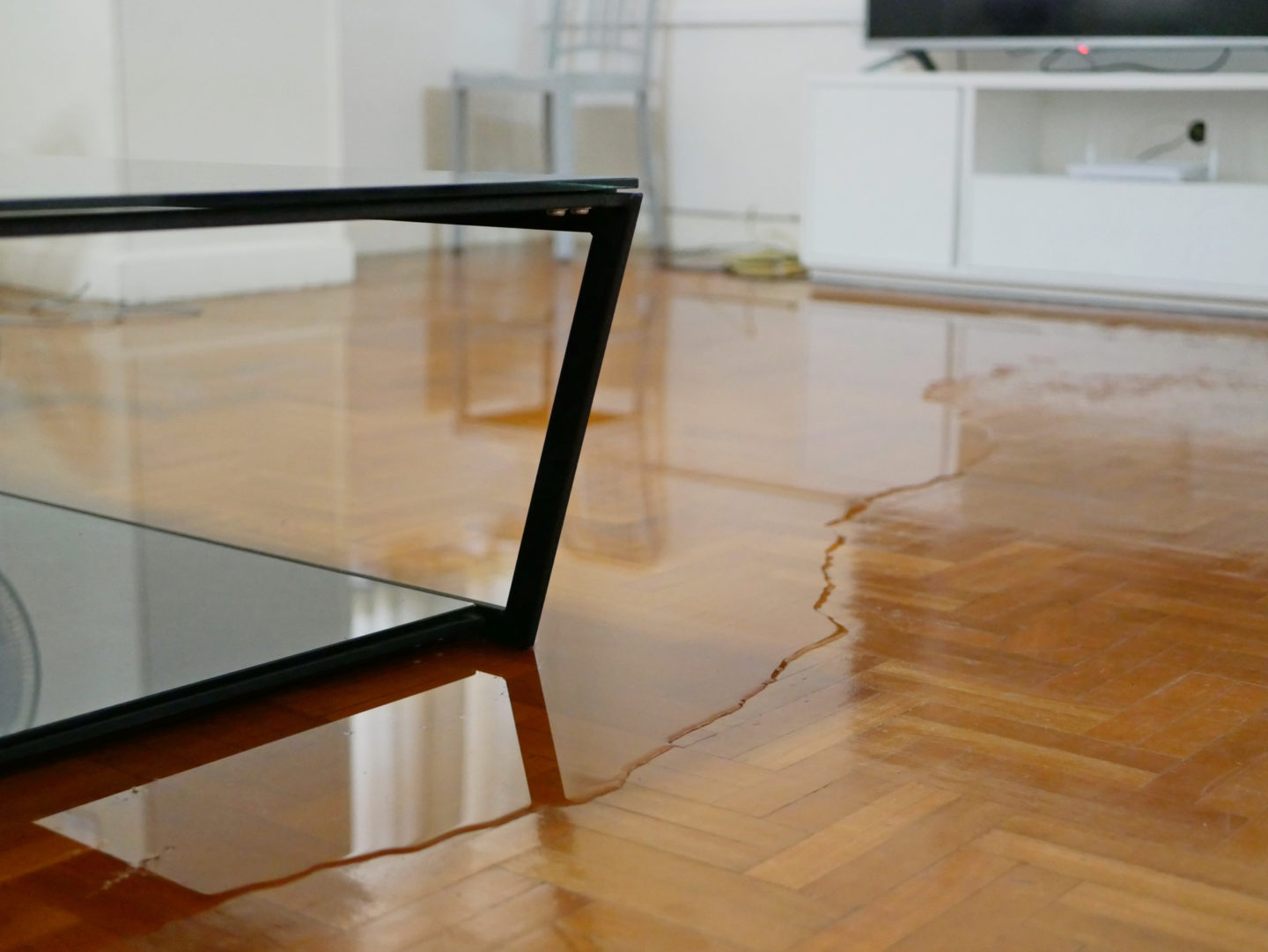Do's & Don'ts of Water Restoration.
Do's & Don'ts of Water Restoration.
Blog Article
What are your thoughts regarding Ways to Reduce The Risk Of Fire And Water Damage?

Though water offers life, water breach on parts where it's not expected to be can result in damage. If the water soaks into your framework, it can peel away surfaces and deteriorate the foundation. Mold and mildew as well as mildew also thrive in a wet atmosphere, which can be hazardous for your wellness. Houses with water damage odor old and also musty.
Water can come from lots of sources such as tropical storms, floodings, ruptured pipelines, leakages, as well as sewage system issues. In case you experience water damages, it would be excellent to recognize some safety and security preventative measures. Here are a couple of standards on exactly how to deal with water damages.
Do Prioritize House Insurance Policy Protection
Water damage from flood as a result of heavy winds is seasonal. You can likewise experience an unexpected flood when a defective pipe suddenly breaks into your house. It would be best to have residence insurance policy that covers both acts of God such as all-natural calamities, and also emergencies like damaged plumbing.
Don't Neglect to Turn Off Energies
This cuts off power to your entire residence, stopping electrical shocks when water comes in as it is a conductor. Do not forget to transform off the major water line shutoff.
Do Keep Proactive and Heed Weather Signals
Storm floodings can be extremely uncertain. If there is a history of flooding in your neighborhood, stay prepared and positive. Listen to emptying cautions if you live near a lake, river, or creek . Get belongings from the first stage as well as cellar, then put them on the highest possible level. Doing so minimizes possible building damage.
Do Not Disregard the Roofing System
Before the weather transforms shocking, ensure you have a roofing examination. It would be sensible to receive this solution every year as it can reduce intricate concerns. If there are no holes and also leaks in your roofing system, you can prevent rain damages. Your roofing contractor will likewise deal with faulty gutters or any other indicators of weakening. This will certainly stop water from streaming down your wall surfaces and saturating your ceiling.
Do Take Notice Of Little Leakages
A burst pipeline does not happen overnight. You might see gurgling paint, peeling wallpaper, water streaks, water stains, or leaking sounds behind the wall surfaces. Have your plumbing repaired before it results in substantial damages.
Don't Panic in Case of a Ruptured Pipeline
Maintaining your presence of mind is important in a time of situation. Worrying will just intensify the problem since it will suppress you from acting quickly. Timing is key when it comes to water damages. The longer you wait, the more damages you can anticipate. Thus, if a pipeline bursts in your home, immediately shut off your primary water shutoff to remove the source. Then disconnect all electrical outlets in the location or shut off the circuit breaker for that part of your home. Finally, call a reputable water damages remediation professional for support.
Water offers life, water breach on components where it's not meant to be can result in damage. Houses with water damage scent musty and also old.
Water damage from flooding charges to heavy winds is seasonal. You may notice bubbling paint, peeling off wallpaper, water touches, water stains, or leaking noises behind the walls. When it comes to water damage, timing is essential.
Some Do's & Don't When Dealing with a Water Damage
DO:
Make sure the water source has been eliminated. Contact a plumber if needed. Turn off circuit breakers supplying electricity to wet areas and unplug any electronics that are on wet carpet or surfaces Remove small furniture items Remove as much excess water as possible by mopping or blotting; Use WHITE towels to blot wet carpeting Wipe water from wooden furniture after removing anything on it Remove and prop up wet upholstery cushions for even drying (check for any bleeding) Pin up curtains or furniture skirts if needed Place aluminum foil, saucers or wood blocks between furniture legs and wet carpet Turn on air conditioning for maximum drying in winter and open windows in the summer Open any drawers and cabinets affected for complete drying but do not force them open Remove any valuable art objects or paintings to a safe, dry place Open any suitcases or luggage that may have been affected to dry, preferably in sunlight Hang any fur or leather goods to dry at room temperature Punch small holes in sagging ceilings to relieve trapped water (don't forget to place pans beneath!); however, if the ceiling is sagging extremely low, stay out of the room and we'll take care of it DO NOT:
Leave wet fabrics in place; dry them as soon as possible Leave books, magazines or any other colored items on wet carpets or floor Use your household vacuum to remove water Use TV's or other electronics/appliances while standing on wet carpets or floors; especially not on wet concrete floors Turn on ceiling fixtures if the ceiling is wet Turn your heat up, unless instructed otherwise

I ran across that blog entry about What You Can Do At Home To Prevent Fire And Water Damage when exploring the search engines. If you please take the opportunity to share this entry if you liked it. Many thanks for your time. Don't forget to stop by our blog back soon.
Report this page